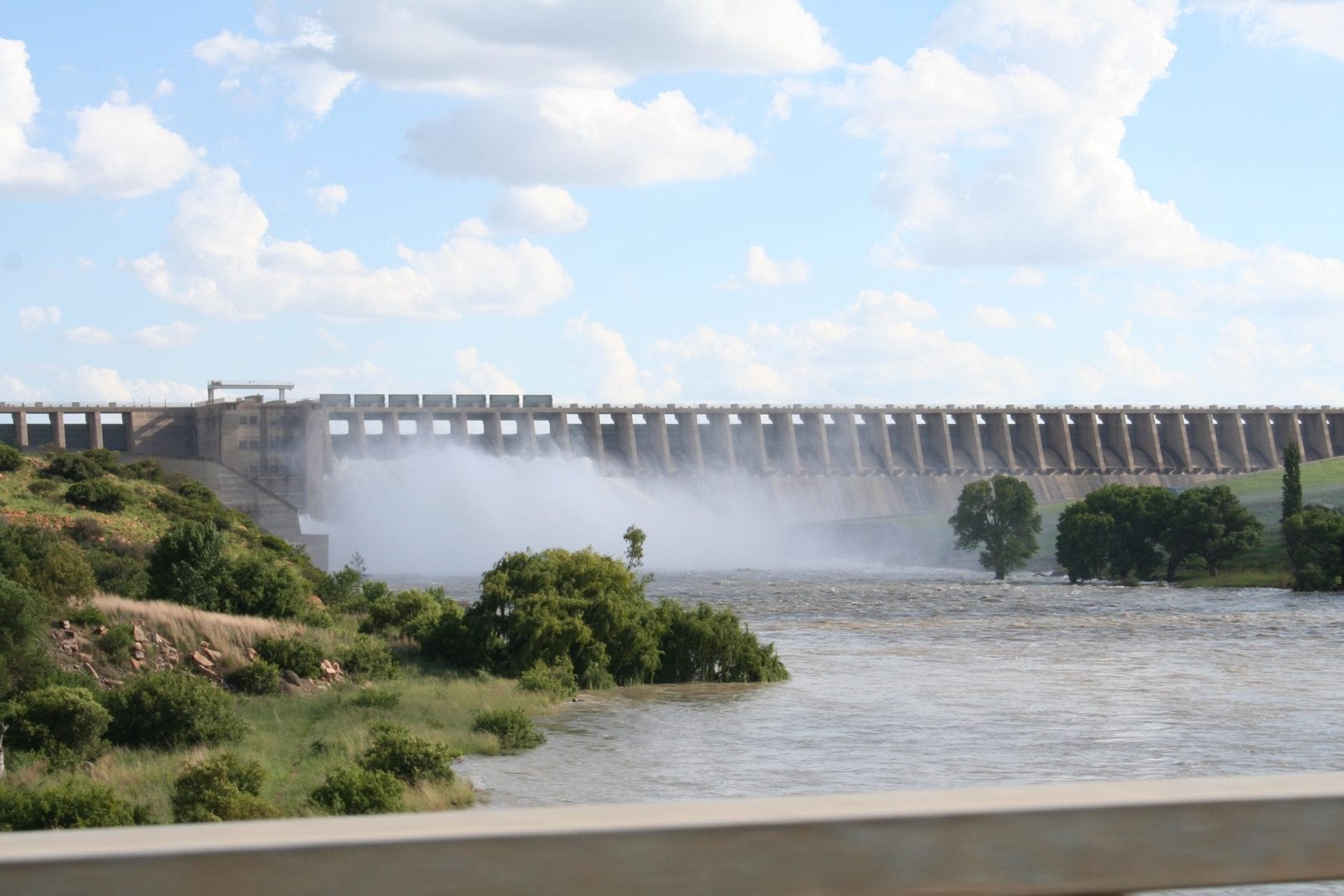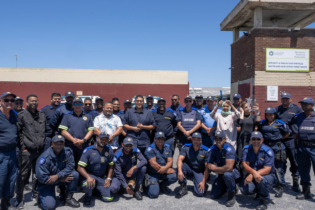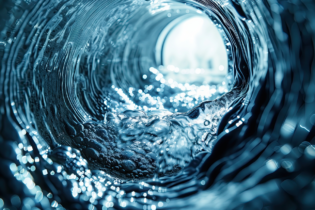
The Vaal Dam. Photo: DWS
The Vaal was sitting at 97.8% on Monday morning and by Tuesday it is expected to reach 100%.
Most parts of the country, especially the Northern Cape and Gauteng, received high amounts of rain over the last 10 days. This contributed significantly to water levels around the country increasing, with more than 57 dams having reached 100%.
Recent rainfall filled all the North West’s dams bar from the Molatedi and Groot Marico dams where tributary rivers are swelling.
Restrictions will remain in other parts of SA
The department said that the decision to relax restrictions in Gauteng does not mean an automatic country-wide moratorium on water restrictions. This is because some regions are still reeling from the effects of the drought which began in South Africa two years ago.
In the Western Cape, restrictions will remain stringent as majority of the province is experiencing the worst drought conditions in its history.
The City of Cape Town introduced level 3b water restrictions early this year to try and cope with the severe water shortages. However, the department indicated that restrictions in the province may be reviewed later when winter rains begin to fall in the region.
As for other provinces, water restrictions will remain in place and will be reviewed on a case-by-case basis together with their corresponding municipalities and if need be, they too will be advised to lift the ban.
The lifting of restrictions will bring relief to many water users, especially farmers who have been at the receiving end of stringent restrictions because of insufficient water in the last year.
Dam levels in the past year
In April 2016, average dam levels in the country were at 54.8% capacity. By December, levels were averaging at 49.1% and by 20 February this year, levels increased dramatically to a national average of 60.5%.
The department monitors 211 dams. Of these, 13 are below 10% and 33 are between 10% – 40%.
Department to continue monitoring water levels
The department said that in the last week it has been monitoring dam levels around the clock to control water flow.
Communities who live downstream Bloemhof and the Vaal dams have been warned to relocate as they may be exposed to possible floods.
Speaking at a media briefing at the opening of the sluice gates at the Vaal Dam on Sunday, Mokonyane said officials at the department released volumes of surplus water at Bloemhof Dam in the North West yesterday.
Bloemhof was filled to capacity since last Friday as a result of recent heavy downpours.
“I must thank the people of Gauteng for their efforts in helping us save water by adhering to the restrictions and for using water wisely and responsibly in the last three to four months,” Mokonyane said at the Vaal on Sunday. “I trust that the lessons learnt on responsible water use will become a norm and a way of life for us all and that we will adapt to the realities of being a water-scarce country.”
Wet conditions continue in KwaZulu-Natal where most dam levels are reported to be rising fast and some of them are expected to reach their capacity in a matter of days, the department said.
However Mokonyane has warned that recent rains do not mean an end to the country’s water woes and has urged all South Africans to continue to use water wisely.









